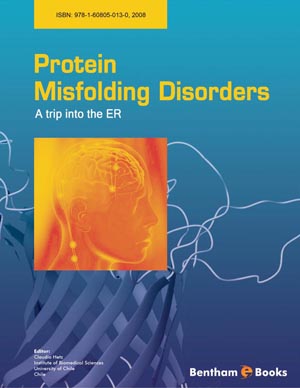Abstract
Amyotrophic lateral sclerosis, Alzheimer’s Disease, Parkinson’s Disease, Prion-related Disorders, Huntington’s Disease and several other neurodegenerative disorders share a common neuropathology, primarily featuring the presence of abnormal protein inclusions containing specific misfolded proteins. Recent evidence indicates that alteration in organelle function is a common pathological feature of protein misfolding disorders. The endoplasmic reticulum (ER) is an essential compartment for protein folding, maturation, and secretion. Signs of ER stress have been extensively described in most experimental models of neurological disorders and more recently in the brains of human patients affected with neurodegenerative conditions. ER stress is caused by functional disturbances, which result in the accumulation of unfolded/misfolded proteins at the ER lumen. To cope with ER stress, cells activate an integrated signaling response termed the Unfolded Protein Response (UPR), which aims to reestablish homeostasis through transcriptional upregulation of genes involved in protein folding, quality control and degradation pathways. Small molecules with chaperone-like activity have been shown to alleviate ER stress and decrease protein misfolding in experimental disease settings. In this chapter we overview the role of ER stress in pathological conditions such as protein misfolding disorders and spinal cord injury, and discuss possible pharmacological strategies to target the UPR with therapeutic benefits.






















